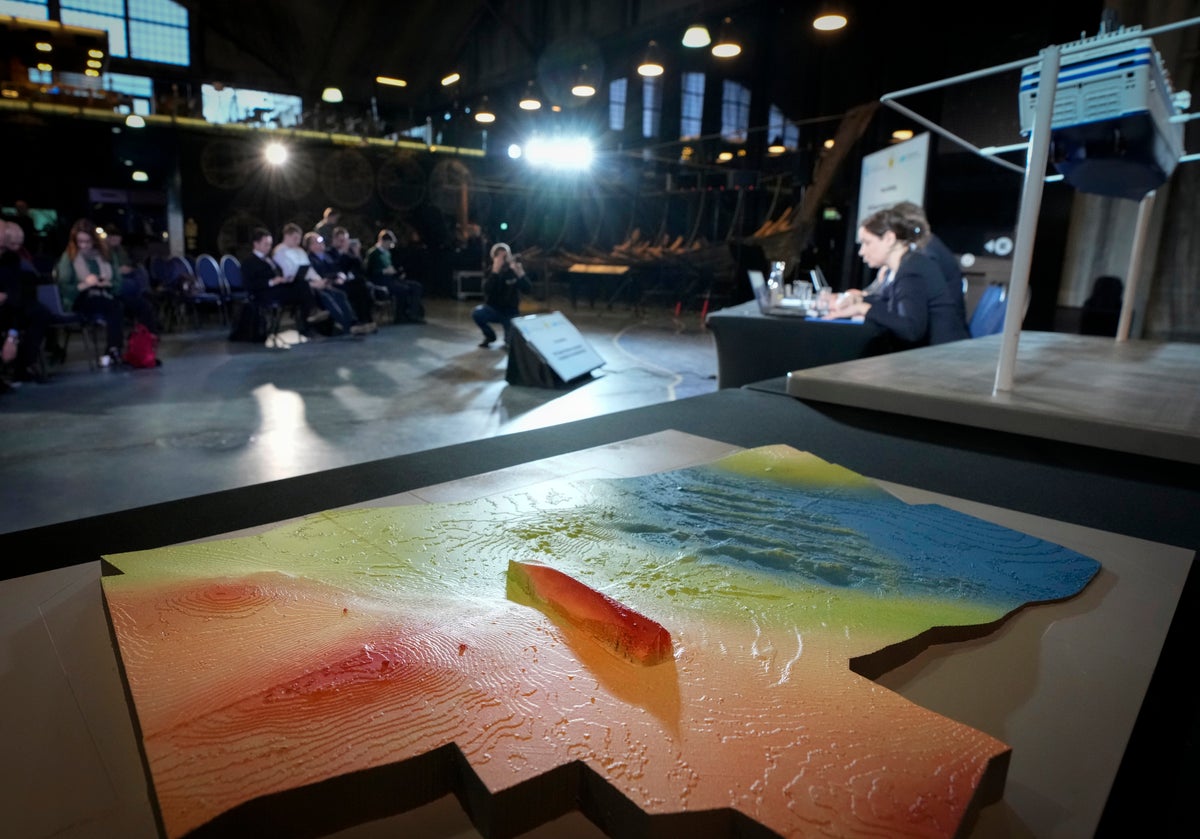
There is no indication that either a collision or an explosion caused the 1994 sinking of a ferry in the Baltic Sea in one of Europe’s deadliest peacetime maritime disasters, the accident investigation boards of Estonia, Finland and Sweden said Monday.
“There is no indication of a collision with a vessel or a floating object nor is there any indication of an explosion in the bow area,” according to the preliminary report. The new report didn’t provide new evidence contradicting the results of the official accident investigation probe in 1997.
The M/S Estonia sank in heavy seas on Sept. 28, 1994, killing 852 people, most of them Swedes and Estonians. The ferry was on its way from Estonia’s capital, Tallinn, to Stockholm when it sank about 30 minutes after an initial distress call. Only 137 people on board survived.
The fate of the vessel has sparked several conspiracy theories, including that it might have collided with a submarine or that it allegedly carried sensitive military cargo.
The 1997 official joint investigation by Estonia, Finland and Sweden concluded that the ferry sank when its bow door locks failed in a storm. That separated the bow door from the vessel, opening up the ramp to the car deck and causing extensive flooding of the decks.
The latest probe was initiated after a 2020 television documentary included video images from the wreck site showing a hole in the hull measuring 4 meters (13 feet) on the starboard side. Officials have said that the wreck does have a hole, about 22 meters (72 feet) long and 4 meters (13 feet) high.
The hole and other damage have become more visible because the wreck has “twisted 13 degrees” due to changes in the seabed, Jonas Bäckstrand, deputy head of the Swedish Accident Investigation Authority said. The commission had used underwater footage and computerized images.
“It looks like it has been damaged by the impact when it hit the seabed,” said Bäckstrand as he presented the intermediate report on the preliminary assessment in Tallinn, Estonia.
“We are not done yet,” he said, adding this was only a preliminary conclusion and more investigation was planned.
A leading theory was that the Estonia was carrying military equipment and that there was some sort of explosion. The Swedish Armed Forces has said it used the ferry to transport only electronic-type equipment but not on the fateful night.
The wreck lies on the seabed 80 meters (265 feet) below the surface in international waters off a Finnish island, and is considered a graveyard, which gives the area protection under the law.







